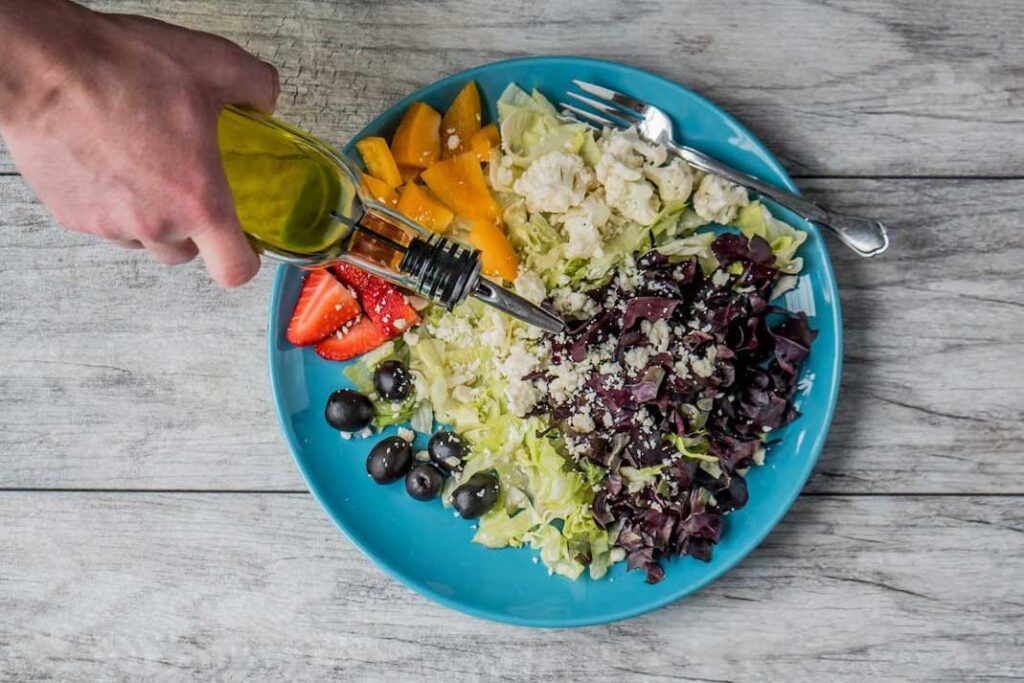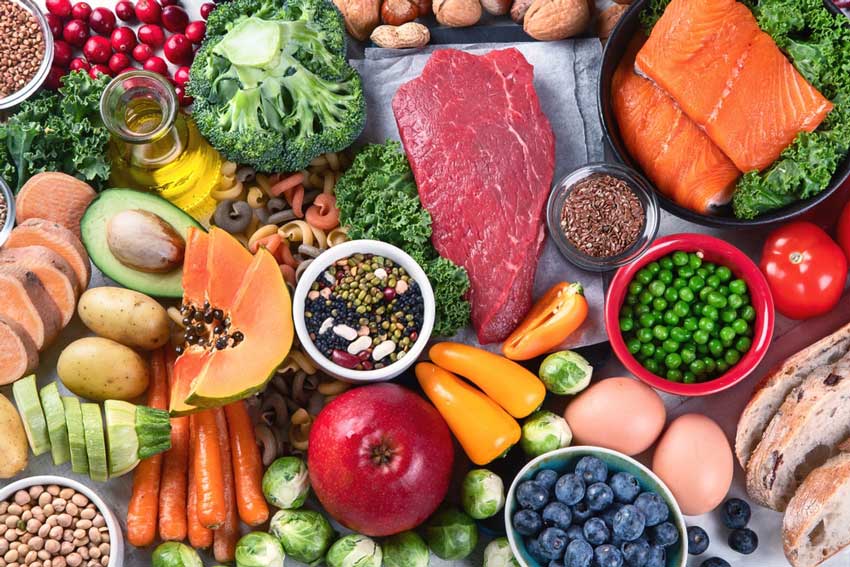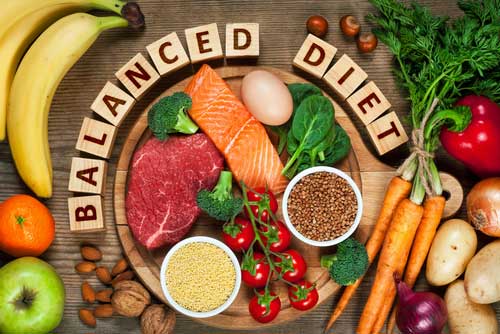There is no particular diet for diabetes. But the food we consume not only changes the management of diabetes but also decides how well we feel and how much energy we get.
How much you need to eat and drink depends on factors like your age, gender, how active you are and the goals you’re aiming for. But a single food cannot provide you with all the essential nutrients your body needs.
This is why a healthy diet is all about various foods and selecting different foods from each of the main food groups daily.
And when it comes to a balanced diet, means eating more of certain foods and less of others. But portion sizes have grown in a few years recently, as the plates and bowls we use have become bigger. And larger portions can create difficulties for you to manage your weight.
If you are seeking treatment for diabetes, visit Specialty Care Clinics for quality treatment. Our specialists will work with you closely to maintain your blood sugar level.
Main food groups
- Starchy foods
- Protein foods
- Fruit and vegetables
- Dairy products and alternatives
- Oils and spreads

Starchy foods
Starchy foods include chapattis, bread, rice, pasta, potatoes, naan, and plantains. They all contain carbohydrates, which are broken down into glucose and used by cells as fuel. The problem with some starchy foods is that they can raise blood sugar levels quickly, making diabetes difficult to control. These foods contain something known as a high glycaemic index (GI) which can cause a fast rise in blood sugar levels.
There are some starchy foods that affect blood sugar levels more slowly. These are foods with a low glycaemic index (GI) such as whole grain bread, whole wheat pasta, basmati, brown rice and wild rice. They are also high in fiber, which helps keep your digestive system functioning. If you’re trying to cut carbs, start by cutting out white bread, pasta, and rice.
Protein foods
Meat and fish are rich in protein that keeps your muscles healthy. But a healthy diet means less red and processed meat because red and processed meat are linked to cancer and heart disease. Oily fish such as mackerel, salmon and sardines are rich in omega-3 oils, which help protect the heart. Try to consume something from this food group every day. Specifically, eat at least 1-2 servings of fatty fish per week. But you don’t need to consume meat daily.

Fruit and vegetables
Just because you have diabetes doesn’t mean you can’t eat fruit. Fruits and vegetables are naturally low in calories and rich in fiber, minerals and vitamins. It also adds flavour and variety to your meal.
Fresh, frozen, dried, and canned are all included. Choose rainbow colours to get the widest range of vitamins and minerals possible. Try to avoid fruit juices and smoothies as they do not contain much fiber.
If you are trying to limit the number of carbohydrates you eat, you may be tempted to avoid fruits and vegetables. However, including them in your daily diet is very important. There are low-carb options you can try.
Fruits and vegetables help prevent stroke, heart disease, high blood pressure, and some cancers. If you have diabetes, you are at a higher risk of developing these conditions.
Protein foods
Meat and fish are rich in protein that keeps your muscles healthy. But a healthy diet means less red and processed meat because red and processed meat are linked to cancer and heart disease. Oily fish such as mackerel, salmon and sardines are rich in omega-3 oils, which help protect the heart. Try to consume something from this food group every day. Specifically, eat at least 1-2 servings of fatty fish per week. But you don’t need to consume meat daily.
Dairy products and alternatives
Milk, cheese, and yoghurt are rich sources of calcium and protein, which are good for bones, teeth, and muscles. However, some dairy products are high in fat, especially saturated fat, so choose a low-fat alternative.
Watch out for sugar in low-fat dairy products like yoghurt. Grab some unsweetened yoghurt and add some berries if you like it sweeter. If you prefer a milk alternative like soy milk, choose one that is unsweetened and fortified with calcium.

Oils and spreads
We need some fat in our diet, but not so much saturated fat. This is because some saturated fats can increase levels of cholesterol in the blood and increase the risk of heart disease and stroke. These less-healthy options are coconut oil, palm nut oil, and butter.
Healthier saturated fats include foods such as vegetable oil, olive oil, rapeseed oil, spreads made from these oils, and nut butter.
Avoid consuming foods high in fat, salt and sugar
As part of a healthy diet foods containing high fat, salt and sugar are not necessary. However, we are bound to eat these foods from time to time, so it is very important to know how these foods affect the body.
These foods include cookies, chips, chocolate, cake, ice cream, butter, and sugary drinks. These sugary foods and drinks are high in calories and raise blood sugar levels, so choose a light diet or low-calorie alternatives. And the best drink is water because it has zero calories.
Too much salt increases the risk of stroke and high blood pressure. Do not consume more than 1 teaspoon (6 g) of salt per day.
